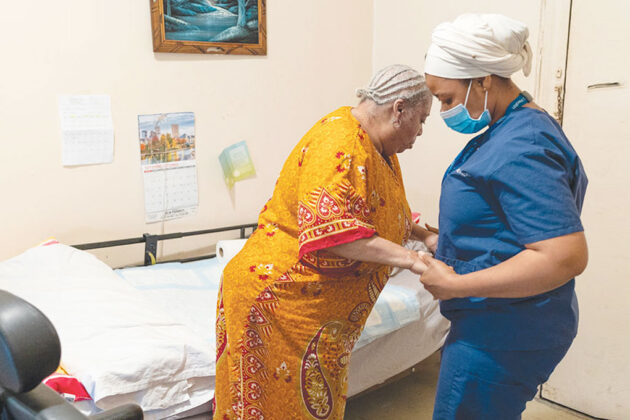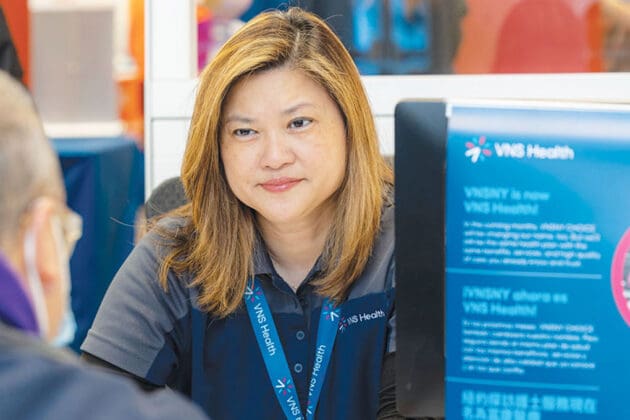
The DECLARE tool surveys family caregivers of dementia patients to identify their needs, then helps connect them with appropriate resources. These might include assistance finding affordable respite care and training on how to perform medically oriented tasks.
Even with skilled in-home care, family caregivers of people with dementia are often overburdened and in need of support. It’s a problem that impacts not only individual families, but the nation as a whole: One-third of all home care patients have a degree of dementia, and almost all of them rely on a family caregiver to some extent. Family caregivers often provide care beyond typical household chores, and many suffer in silence for lack of education, resources, and respite. Evidence shows that when the needs of these caregivers aren’t met, it doubles their loved one’s risk of hospitalization and leads to lower satisfaction rates and higher home care costs due to additional visits.
An innovative self-assessment tool being developed by the VNS Health Center for Home Care Policy & Research aims to change this situation, by enabling family caregivers to communicate their specific needs while also empowering home health teams to connect them with the right resources at the right time.
The innovation, called DECLARE (short for Dementia Caregivers’ Link to Assistance and Resources), grew out of the Center’s research on caregivers’ unmet needs. “Family caregivers are critically important to delivering high-quality home care, particularly in the context of dementia. Yet right now, there’s no systematic way to assess their needs,” says Dr. Julia Burgdorf, principal investigator on the project. Burgdorf, a research scientist at VNS Health’s Research Center and a faculty associate at Johns Hopkins Bloomberg School of Public Health, recently received a grant from the National Institute on Aging to help refine and pilot the DECLARE tool.
The resulting communications gap, adds Burgdorf, leaves family caregivers feeling overwhelmed and underinformed. “The caregivers typically feel it’s not their place to ask for help or guidance from home care providers,” she says, “and often the providers aren’t sure what kind of help is needed.”
The DECLARE intervention begins with a web-based survey where family caregivers can communicate their capabilities, availability, and needs at the time of home care admission. These survey results are transmitted directly to the patient’s electronic medical record. The tool then suggests next steps to home team members, including recommendations for connecting the family caregiver with appropriate support.
Among the caregiver needs identified by the research team are help in finding affordable respite care and other available resources; training on how to perform medically oriented tasks; and assistance in locating educational resources so they can better understand their loved one’s illness.
The Research Center team will continue to develop DECLARE over the next several years, drawing on input from family caregivers, home care clinicians and administrators, and other stakeholders. Down the road, the hope is that the tool can be expanded to caregivers of patients with other diagnoses as well. “We need to make caregiver support a central part of the home care equation,” notes Burgdorf. “The DECLARE tool helps do that.”


